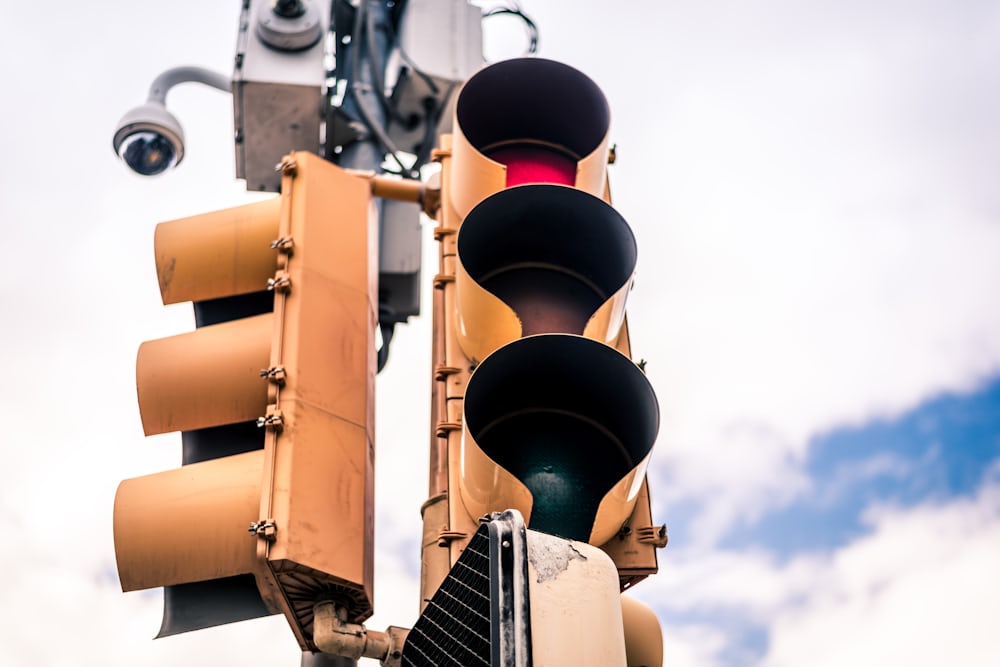Traffic signal installation is a critical component of modern urban infrastructure, designed to enhance road safety, improve traffic efficiency, and support future transportation advancements. However, the process is governed by strict regulatory requirements at the federal, state, and municipal levels to ensure consistency, accessibility, and sustainability. Compliance with these regulations is essential to achieving a well-functioning transportation system while meeting public safety and environmental goals.
The Importance of Regulatory Compliance in Traffic Signal Installation
Regulatory frameworks are necessary to create uniform traffic control systems that drivers, cyclists, and pedestrians can understand and trust. The Manual on Uniform Traffic Control Devices (MUTCD) is the primary national standard governing traffic signal installations, ensuring that all traffic control devices meet uniform safety and operational criteria. In addition to national guidelines, local transportation departments and municipalities implement supplementary regulations tailored to regional traffic patterns and urban planning strategies.
Key Regulatory Considerations for Traffic Signal Installation
1. Warrant Analysis and Justification
Traffic signals cannot be placed arbitrarily; they must meet established criteria based on a detailed warrant analysis. The MUTCD defines several traffic signal warrants, including:
- Traffic Volume Warrant: Analyzing vehicular and pedestrian flow to determine the necessity of a signal.
- Crash Experience Warrant: Assessing the history of accidents at an intersection to justify a signal for safety improvements.
- Pedestrian Volume Warrant: Ensuring pedestrian crossings are adequately managed in high-foot-traffic areas.
- School Zone Warrant: Implementing signals in school zones for child safety.
- Railroad or Transit Coordination Warrant: Installing signals to manage interactions between road traffic and railway systems.
Failing to meet these criteria can lead to ineffective or unnecessary signal placements that contribute to congestion and increased delays rather than resolving traffic issues.
2. Signal Timing and Coordination Standards
Effective traffic signal timing is critical to reducing congestion, improving travel times, and minimizing environmental impacts. Regulatory standards require:
- Fixed-time, actuated, or adaptive control methods to manage traffic based on intersection conditions.
- Coordinated signal networks along major corridors to enhance vehicle flow and reduce delays.
- Minimum and maximum green light times to balance efficiency and pedestrian safety.
- All-red clearance intervals to prevent intersection collisions.
- Pedestrian crossing signals and timing considerations to ensure adequate time for safe crossings.
Modern regulations emphasize the use of Adaptive Signal Control Technology (ASCT), which adjusts traffic signals in real-time based on traffic volume, improving efficiency and reducing unnecessary stops.
3. Accessibility and ADA Compliance
The Americans with Disabilities Act (ADA) mandates that traffic signals incorporate accessibility features to accommodate all road users, including individuals with disabilities. Required features include:
- Audible pedestrian signals (APS) to assist visually impaired pedestrians.
- Push buttons with tactile feedback positioned at accessible heights for wheelchair users.
- Extended crossing times to ensure sufficient time for individuals with mobility challenges.
- High-contrast and well-lit pedestrian signage to aid visibility in all conditions.
Ensuring compliance with these regulations not only enhances safety but also fosters inclusivity in urban environments.
Environmental and Sustainability Regulations
With growing emphasis on sustainability, new traffic signal regulations encourage energy-efficient and eco-friendly solutions. Key sustainability initiatives include:
- LED Traffic Lights: Regulations now require the use of energy-efficient LED lights, which reduce power consumption by up to 80% compared to traditional incandescent bulbs.
- Solar-Powered Traffic Signals: Renewable energy solutions are gaining traction in traffic management, ensuring uninterrupted signal operation during power outages while reducing reliance on the electrical grid.
- Green Light Timing Optimization: Traffic signals are now programmed to reduce vehicle idling times, lowering emissions and contributing to cleaner air quality.
- Low-Maintenance Materials: Many jurisdictions encourage the use of weather-resistant and durable signal materials to extend lifespan and reduce replacement frequency.
By prioritizing sustainability in traffic signal design and installation, cities can lower operational costs and support long-term environmental initiatives.
The Role of Smart City Technology in Traffic Signal Regulations
As cities transition toward intelligent transportation systems, regulations have evolved to accommodate Smart Traffic Management initiatives. Some of the latest requirements include:
- Vehicle-to-Infrastructure (V2I) Communication: Traffic signals must be capable of exchanging data with connected vehicles for optimized traffic flow.
- AI-Driven Predictive Analysis: Many jurisdictions are implementing AI-powered signal adjustments based on historical and real-time traffic data.
- Emergency Vehicle Preemption (EVP) Systems: Regulations now encourage the use of smart signals that automatically grant priority access to emergency response vehicles, improving response times.
- Remote Traffic Signal Monitoring: Cities must ensure signals can be monitored and adjusted remotely to respond to real-time conditions efficiently.
These regulations enhance mobility, improve road safety, and support the shift toward smart city infrastructure for future-ready transportation networks.
Challenges in Meeting Traffic Signal Regulatory Requirements
While regulations improve the safety and efficiency of traffic signal installations, they also present challenges for municipalities and transportation agencies. These include:
- Long Approval Processes: The bureaucratic nature of regulatory compliance can extend project timelines significantly.
- Conflicting Federal, State, and Local Regulations: Coordinating compliance across different levels of government can be complex and time-consuming.
- High Initial Costs: Upgrading existing infrastructure to meet modern regulatory standards requires substantial investments in new technology and installation efforts.
- Public and Stakeholder Pushback: Some traffic signal changes, such as retimed signals or new installations, may face resistance from drivers, businesses, or local residents.
Overcoming these challenges requires proactive planning, inter-agency collaboration, and clear communication with the public to ensure smooth transitions and regulatory adherence.
The Role of Lighthouse Transportation Group in Traffic Signal Compliance
Lighthouse Transportation Group remains at the forefront of traffic signal installation, ensuring compliance with all federal, state, and municipal regulations. By integrating innovative solutions, leveraging sustainable practices, and adhering to industry best practices, the company helps municipalities develop safe, efficient, and future-ready traffic signal systems.
With the ever-evolving landscape of transportation regulations, staying updated on compliance requirements is critical to achieving a well-functioning, intelligent transportation network. Cities that prioritize regulatory adherence and modern infrastructure improvements will benefit from safer Roads, reduced congestion, and enhanced urban mobility for all road users.
